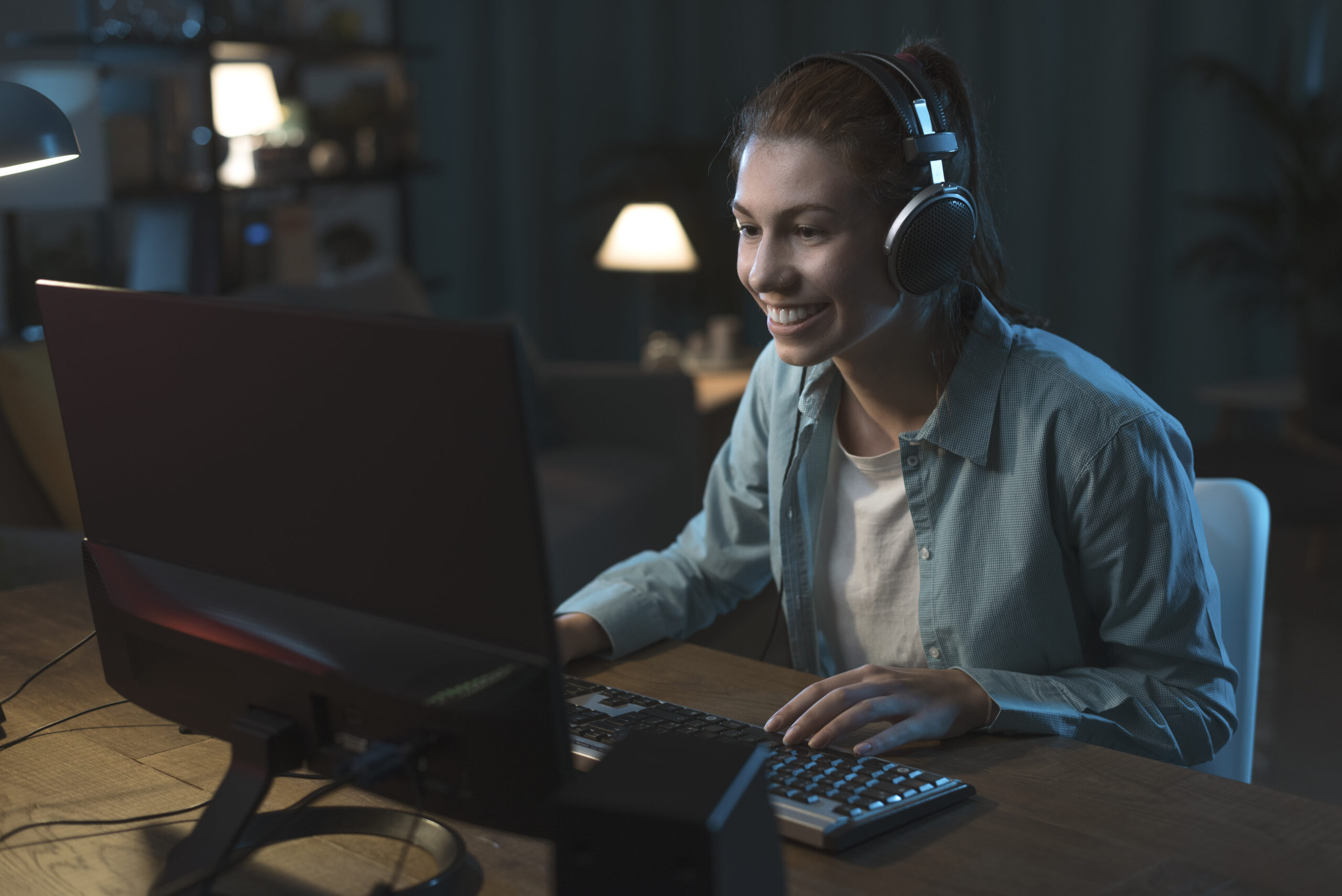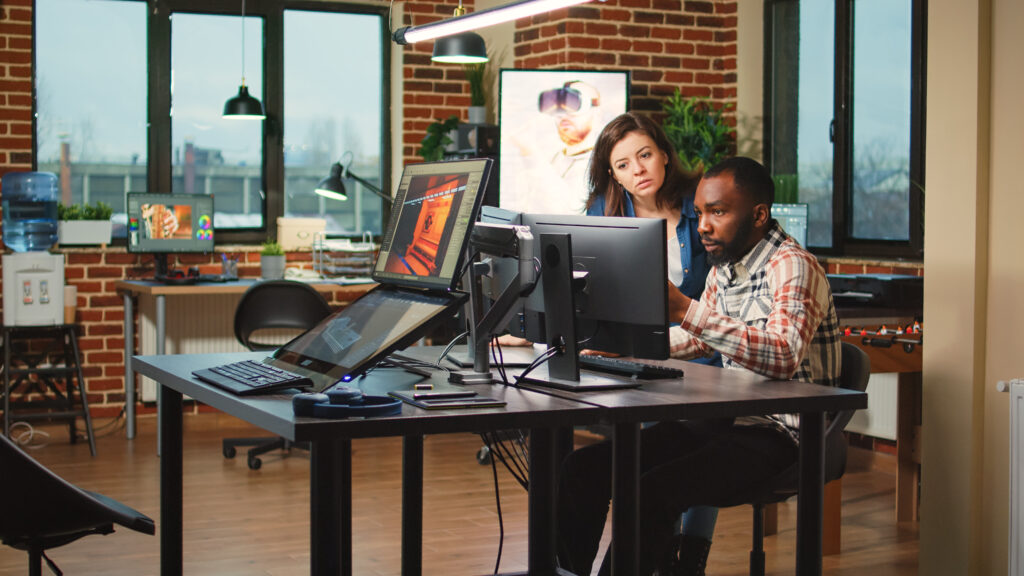In today’s world, thinking about learning without multimedia elements is almost impossible. Technology and the dynamics of information have changed the way people receive information: the traditional way of learning is left behind because it lacks the necessary immediacy we need to progress.
Applications in the market have evolved, and today, educational content can be accessed through multimedia systems. Multimedia content generates interest in students, motivation, and cooperative learning.
Multimedia refers to the integration of two or more elements, such as audio, text, and images, on the same platform. This integration requires a correct combination of software and hardware to generate a multisensory information environment.
Software is essential because it is where the application and interactivity are developed, while hardware allows access to that content in a comfortable, fast, and user-friendly way.
The user should have a multimedia learning experience.
“Currently, multimedia content is commonplace, interaction with it is greater, so learning happens naturally, becoming something easily memorable that is internalized more quickly because we are more involved,” says occupational psychologist Teresita Ramacciotti.
For the multimedia experience to become a motivating agent for learning, it is first necessary for the user to be able to access the content quickly, cleanly, and without interruptions to maintain interest and start with the right disposition. In this sense, the smartphone is hardware already familiar to users, making learning through this device just one of the many activities performed with the phone.
However, the key is to deliver an outstanding experience to users, and this is achieved by combining attractive elements such as photos, audio, text, and especially videos. The latter are easy to produce and allow any message to be conveyed simply and quickly.
In addition, videos can provide more information than other channels, and by incorporating image and sound, they create a much more attractive message and increase retention because the user has to get more involved.
Games are multimedia
Playing involves continuous positive reinforcement. “Playing gives the opportunity to learn because it creates a greater connection, especially if it is with sensory multimedia content, as one can learn visually and auditorily. This makes learning easier for people from their own style, as it adapts and increases the number of stimuli for each person,” explains Ramacciotti.
Interactive multimedia materials allow the transition from hard information to something meaningful. Information, analysis, practice, and instant feedback will allow the user to correct any errors instantly. Additionally, training through a mobile device makes the results tracking process three times easier, making it more motivating to use it as a learning medium.







